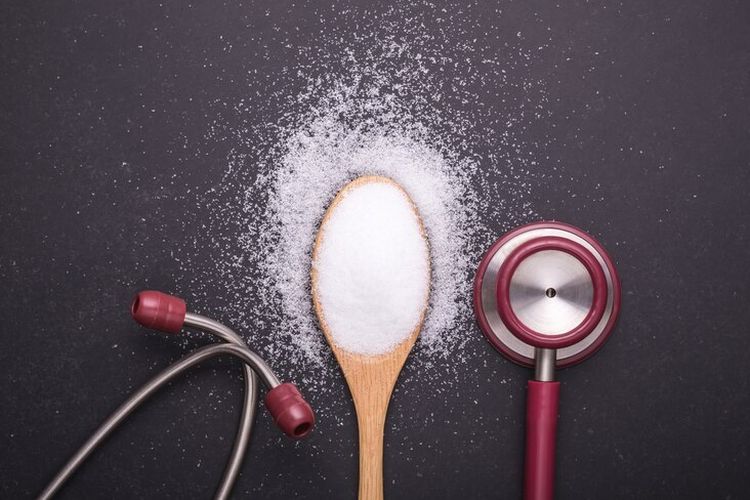Kompas.com – Salt is a mineral consisting of sodium chloride and is one of the basic spices in various dishes.
But as the increase in consumption of processed foods, salt intake is also getting higher, which turns out to have a negative impact on health. Therefore, reducing salt consumption can provide many benefits to the body.
Negative impact of excessive salt consumption
Eating too much salt can cause hypertension or high blood pressure. This condition increases the risk of stroke and heart disease.
High blood pressure makes the heart work harder, which can damage the arteries and important organs such as the heart, kidney, brain, and eyes.
Also read: WHO Recommendations for Healthier Salt Alternatives
Unfortunately, many people do not realize that they experience high blood pressure because the symptoms are often invisible.
The benefits of reducing salt consumption
The following are benefits if we reduce daily salt consumption:
Reducing the risk of hypertension and heart disease
Reducing salt intake can help maintain normal blood pressure, thereby reducing the risk of stroke and heart disease.
Protect kidney health
High salt consumption can burden the kidneys, increase the risk of kidney stones and impaired kidney function.
Reducing the risk of osteoporosis
Excessive salt intake can cause the body to lose calcium through urine, which is at risk of weakening bones and causing osteoporosis.
Also read: 5 Ways to boil eggs so as not to break, add salt
Helps maintain weight
Foods high salt tend to be consumed in large quantities, especially processed and fast food. Reducing salt can help control appetite and maintain ideal body weight.
Improve heart and blood vessel health
By reducing salt, blood circulation is better, reducing the risk of blockage of blood vessels that can cause heart attacks.
How to reduce salt intake
The following is how to reduce daily salt intake:
Reduce salt when cooking
Try not to add salt when cooking or at least reduce the amount gradually.
 Signs of body excess salt.
Signs of body excess salt.Use alternative salt replacement seasonings
As a substitute for salt, use spices such as pepper, garlic, ginger, turmeric, or lemon juice to increase the taste of food.
Check packaged food labels
Choose a product that has low salt levels. Pay attention to nutritional information on the packaging and avoid products that contain more than 1.5 grams of salt per 100 grams.
Also read: Salt Chili Tofu Recipe, Simple and Delicious Side side dishes






